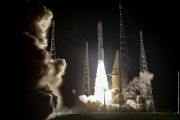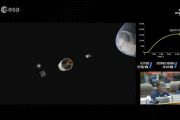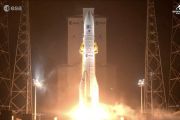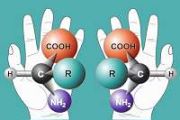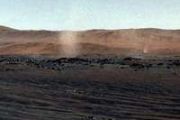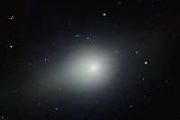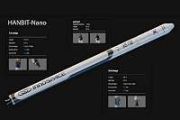
Copernical Team
ESA selects Harmony as tenth Earth Explorer mission
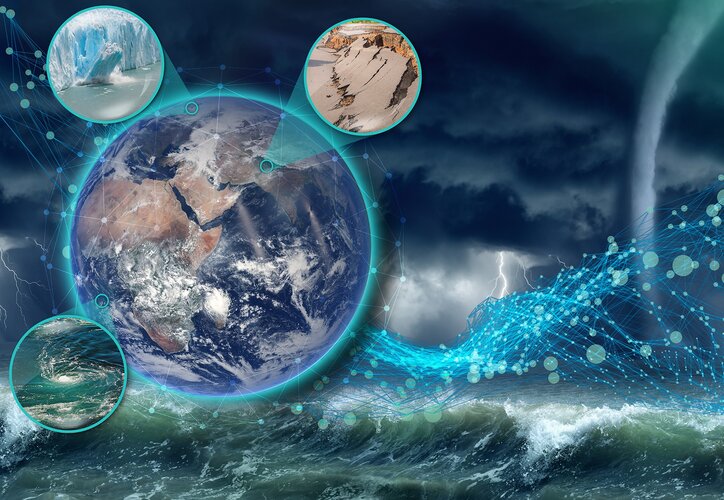
Following preparatory activities and a stringent process ESA Member States today formally selected Harmony for implementation as the tenth Earth Explorer mission within the FutureEO programme. This unique satellite mission concept is, therefore, now set to become a reality to provide a wealth of new information about our oceans, ice, earthquakes and volcanoes – which will make significant contributions to climate research and risk monitoring.
NASA fuels moon rocket in test, hit again with pesky leaks
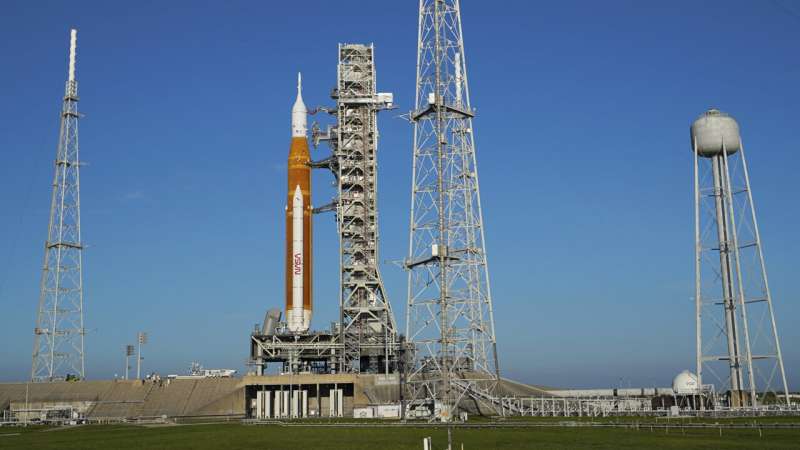
ESA announces winning startups at IAC event

ESA continues to lead the way and create opportunities for talented entrepreneurs. This week it announced the winners of its start-up competition at the 73rd International Astronautical Congress (IAC 2022) in Paris.
Mediterranean Sea hit by marine heatwave

Many parts of Europe saw record-breaking temperatures over the summer, but it wasn’t just the continental mainland that was affected: the Mediterranean Sea also suffered a major marine heatwave. An ESA-funded project, CAREHeat, detected one of the most intense Mediterranean marine heatwaves observed during the satellite era – with sea surface temperatures reaching 5°C higher than average.
Quantum encryption to boost European autonomy
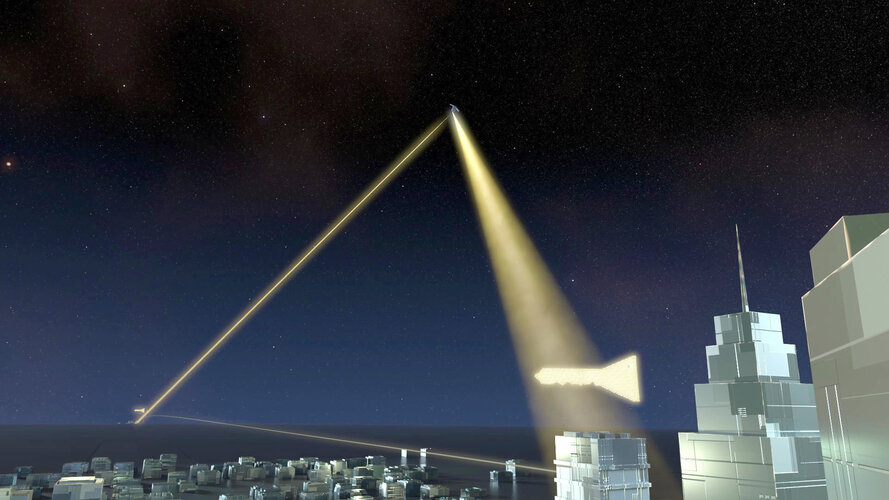
Cyberattacks and geopolitics threaten today’s increasingly digital world, leading to the disruption of essential supplies such as power and water. ESA, the European Commission and space companies in Europe are teaming up to work towards a highly secure, satellite-enabled connectivity system for the EU – based on the unbreakable laws of physics.
Viasat and Inmarsat receive UK Govt approval for proposed merger
 Viasat Inc., (NASDAQ: VSAT), a global communications company, and Inmarsat, a leading provider of global mobile satellite communications services, has announced the receipt of approval of the proposed combination of their businesses by the UK Government under the National Security and Investment Act.
The Secretary of State for Business, Energy and Industrial Strategy (BEIS) has announced t
Viasat Inc., (NASDAQ: VSAT), a global communications company, and Inmarsat, a leading provider of global mobile satellite communications services, has announced the receipt of approval of the proposed combination of their businesses by the UK Government under the National Security and Investment Act.
The Secretary of State for Business, Energy and Industrial Strategy (BEIS) has announced t Rocket Lab to launch NOAA-supported Argos-4 Spacecraft for General Atomics
 Rocket Lab USA, Inc (Nasdaq: RKLB) reports it will launch a dedicated Electron mission for General Atomics Electromagnetic Systems (GA-EMS). Electron is scheduled to launch the "It Argos Up From Here" mission from Rocket Lab Launch Complex 1 in Mahia, New Zealand during a launch window that opens October 5 UTC.
The "It Argos Up From Here" mission will launch the GA-EMS designed and manufac
Rocket Lab USA, Inc (Nasdaq: RKLB) reports it will launch a dedicated Electron mission for General Atomics Electromagnetic Systems (GA-EMS). Electron is scheduled to launch the "It Argos Up From Here" mission from Rocket Lab Launch Complex 1 in Mahia, New Zealand during a launch window that opens October 5 UTC.
The "It Argos Up From Here" mission will launch the GA-EMS designed and manufac Axiom Space and Turkey sign agreement to send first Turkish astronaut to space
 Commercial space leader Axiom Space and the government of Turkiye have signed a historic agreement to send the first Turkish astronaut to space. As part of a larger effort by Turkiye to expand its space exploration capabilities and establish a national human space program, a Turkish astronaut will be trained by Axiom Space for a future space research mission. Axiom Space will also enable Turkish
Commercial space leader Axiom Space and the government of Turkiye have signed a historic agreement to send the first Turkish astronaut to space. As part of a larger effort by Turkiye to expand its space exploration capabilities and establish a national human space program, a Turkish astronaut will be trained by Axiom Space for a future space research mission. Axiom Space will also enable Turkish Gilmour Space announces first 'Caravan' rideshare mission to LEO
 Australian launch services company, Gilmour Space Technologies, has announced that it will launch a dedicated rideshare mission into low earth orbit (LEO) in late 2024.
Unlike most rocket launches which host a primary customer payload, a rideshare launch comprises of many customer payloads such as cubesats, microsats and other small spacecraft.
"Called Caravan-1, this mission will pr
Australian launch services company, Gilmour Space Technologies, has announced that it will launch a dedicated rideshare mission into low earth orbit (LEO) in late 2024.
Unlike most rocket launches which host a primary customer payload, a rideshare launch comprises of many customer payloads such as cubesats, microsats and other small spacecraft.
"Called Caravan-1, this mission will pr Arianespace signs agreement with SAB-LS for the provision of cubesat services
 Arianespace has announced during the International Astronautical Congress, the signature of a multi-year framework agreement. The contract entrusts SAB-LS to co-operate as partner of Arianespace for the provision of end-to-end services for nanosatellites wishing to fly on Arianespace missions.
The agreement is specific to the supply of hardware, mission preparation and integration services
Arianespace has announced during the International Astronautical Congress, the signature of a multi-year framework agreement. The contract entrusts SAB-LS to co-operate as partner of Arianespace for the provision of end-to-end services for nanosatellites wishing to fly on Arianespace missions.
The agreement is specific to the supply of hardware, mission preparation and integration services 
